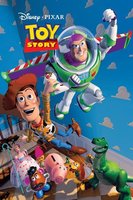
‘You’ve got a friend in me’
is the catchphrase of Pixar’s first computer-generated feature-length film, Toy Story (1995), and this perfectly captures the relationships within the film; including those between the group of toys the plot centres around. The film follows the lives of these toys, in which the mix of human and animal characters come to life when humans, including their owner, Andy, are not present. The toy leader, and Andy’s favourite, Woody the Sherriff faces the threat of being replaced when Andy receives a new, shiny toy, Buzz Lightyear, for his birthday. Whilst the other toys know he is not, Buzz believes that he is a real space ranger, and soon impresses the group with his features. Woody becomes jealous, and because of this, he tries his best to win the attention of both Andy and the toys. Along the way, he and Buzz end up being parted from the rest of the group, and need to learn to get back safely, as well as build a friendship.
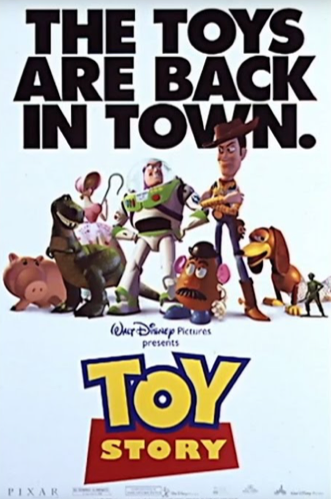
Like in any friendships, there are different character types in the group, and this is echoed in the film, particularly through the animal toys. The film’s main genre is family and has been said to explicitly target ‘so-called family audiences, utilizing a range of textual strategies to mobilize consumers of different ages and backgrounds’ [1]. In particular, Toy Story aims to do this by implementing elements such as bringing toys to life for children audiences and including witty jokes for adult viewers. This is shown through the characters and their friendships which are displayed through the computer-generated imagery aspect of the film. Whilst Toy Story is computer-animated, the imagery, as well as the relationships between the toys are reflective of real life and are therefore recognisable to audiences. Toys like Rex the dinosaur and Slinky the dog, are both animal characters that are recognisable to viewers; like humans, they each have their own personalities and behaviours that differ. This is important as they are used to draw the audience’s attention to the human emotion that animals are capable of having, which also draws similarities between humans and animals. Furthermore, this human emotion that the animal characters adopt introduces character types, especially of men; as the characters differ, the film shows that there are different types of male and masculinity.
In the scene where the toys anticipate what their owner, Andy, receives for his birthday, we see the impact it has on all of the toy characters. Here, the audience learn more about the toy’s’ personalities as we see their reaction to the events. In particular, the reactions of animal characters, such as Rex, are important here. When he finds out about the possibility of a new toy arriving, it is evident that he has strong, emotional feelings towards the situation. Mid-shots are used throughout this scene, whereby Rex is centralised, making him the audience’s central focus; this allows film makers to draw attention to his behaviours and actions.
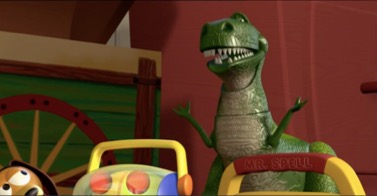
Like the other toys, Rex is also worried about Andy getting a new toy, in particular a new dinosaur. However, Rex stands out because of how exaggerated his reaction is. He says, ‘I don’t think I can take that kind of rejection!’ in which his tone of voice is raised, and he throws his arms up in the air in a way to show that he is hopeless and has given up. His high-pitched tone of voice plays an important role here, as it is not only higher than the other toys, but it also mimics a human when they are on edge and feel the same sense of nervousness. In this type of situation, a human would react in the same way as Rex has, particularly as he expresses his fears of being rejected; this is something that a human would worry about.
Whilst Rex’s high-pitched tone of voice is important as it emphasises his anxious feelings, his hands are perhaps more significant in the film, as they reflect his deeper feelings. In a scene where Woody is talking about Andy’s new toy, Buzz, Rex says, ‘huuuhh! Have you been replaced?!’. Like earlier in the film, Rex’s tone of voice is much more high-pitched than usual, and he also uses his arms as a way of expressing himself. Rex raises his arms in a chaotic manner, which is followed by a close-up shot of his hands shaking. As he is constantly using his hands to express his feelings of nervousness, it makes it clear that he is anxious a majority of the time. This is not uncommon in Pixar films, as ‘hands are expressions of thought’ which are ‘key devices in Pixar movies’ [2]. This signifies the importance of Rex’s hand movements, showing that they are purposefully used by film makers in order to heighten his anxious feelings that are first echoed through the sound and pitch of his voice. Shakiness and apprehensiveness are some of the symptoms humans have when experiencing anxiety, and because Rex also shows to inherit these, the film draws similarities between humans and animals. This therefore suggests that a feeling of anxiety is not just exclusive to humans, but animals can also feel this way too. This blurring of human and animal boundaries, as shown through Rex’s reactions and his expressions and feelings suggests that animals are much more similar to humans than we think. The film demonstrates that despite being a non-human figure, animals share the same feelings as humans.
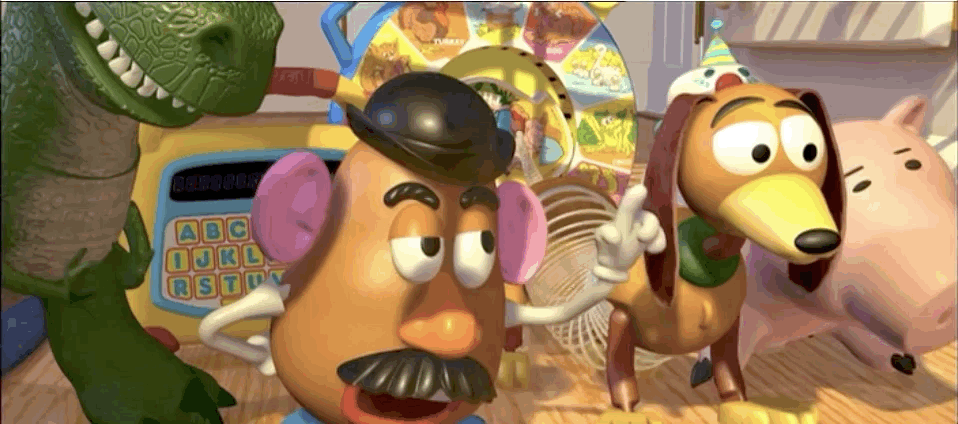
Because Rex explicitly expresses his emotions, and they are characteristically human, viewers’ expectations are arguably challenged as this is not what we expect from a dinosaur. Dinosaurs are an animal that we see as separate from ourselves, therefore when seeing Rex, an animal character that is portrayed as sensitive, we see him as more recognisable than other dinosaurs in film. As the film’s use of human emotion in animal characters is evident, it not only implies that humans and animals share characteristics, but its purpose may be to appeal to a family audience. Porter states that ‘the key to making characters lifelike is to convince the audience they have brains’ [3], and by blurring the lines between humans and animals, Toy Story convinces audiences not only how similar they are, but also makes the animal characters in the film, particularly Rex, appealing and likeable. This consequently allows film makers to draw viewers’, both children and adults, attention to key messages in the film, as well as wider issues and topics in society.
Whilst Rex’s human-like feelings are important as they blur the boundaries between human and animal, they also show different types of masculinity in the film; this explores the roles of male characters and figures in society. Like his expression of emotions, Rex’s introduction at the beginning of the film immediately goes against our expectations of a dinosaur. From the representation of dinosaurs in films such as, Jurassic Park (1993), audiences already have an idea of how a dinosaur would behave, and therefore expect them to be frightening figures. Yet Rex’s first appearance in the film opposes these expectations. Close up shots of his face are employed, in addition to loud, dramatic, non-diegetic sound; despite these devices usually scaring audiences, Rex is immediately presented as the opposite of this as he does not scare Woody or viewers.
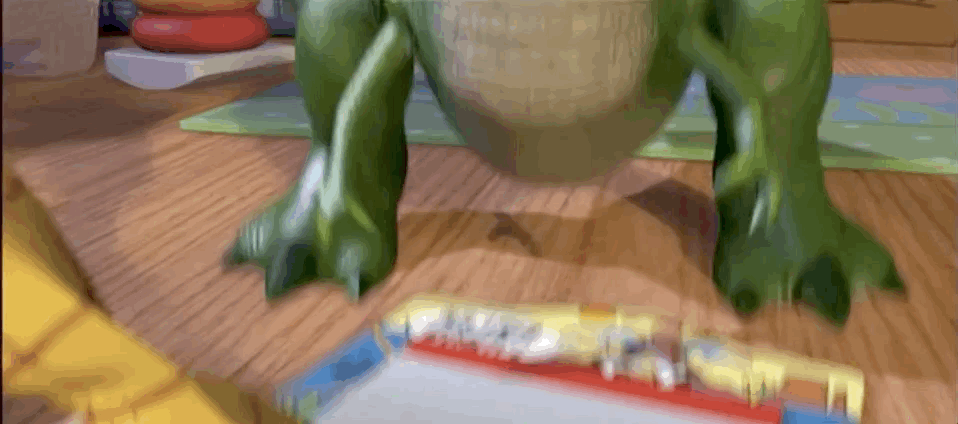
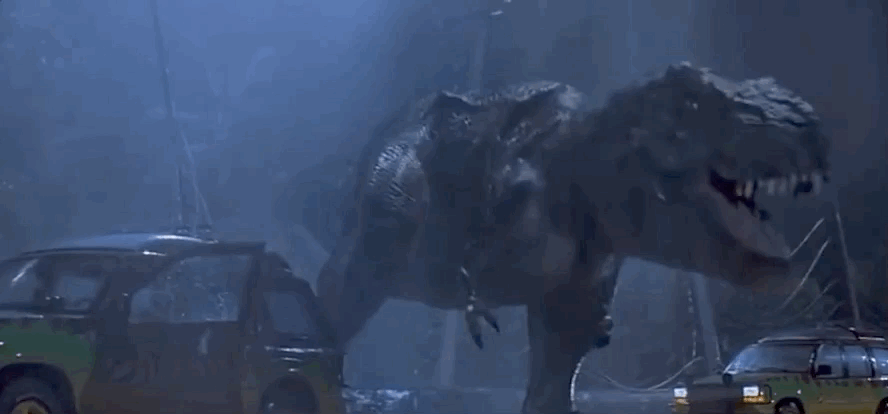
He asks Woody if his roar scared him, and because it did not, Rex appears to be disappointed in himself. He says, ‘I think I’m just coming off as annoying’, which highlights how sensitive he is because he is clearly upset after discovering that he is not scary enough, or as frightening as other dinosaurs. This also shows viewers a clear contrast between Rex and dinosaurs we have seen in other films. These feelings that he is expressing shows audiences that he is aware of the expectations of what it is to be a dinosaur, and that he wants to meet them by being as frightening as they are. Furthermore, as Rex is evidently conscious of the fact that he is not scary, and he is clearly very sensitive, he is reflective of a female. Women are stereotyped to be more sensitive and ‘more emotionally intense’ [4] than men, whereby they are more likely to openly express their emotions. Emotions such as, fear and guilt are linked to females, and despite Rex being male, it is clear that he adopts more typically female personality traits and behaviours. This therefore makes him more feminine than masculine, which challenges audiences’ expectations because we expect a dinosaur to be a dominant, masculine figure.
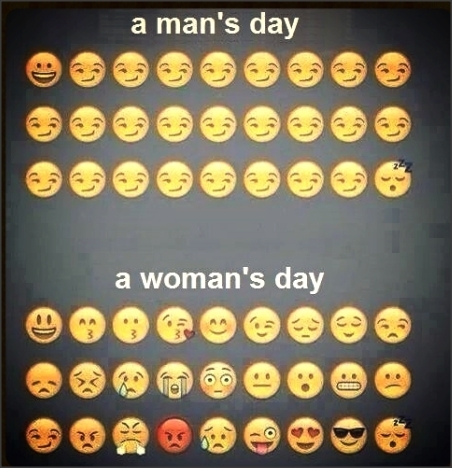
Rex’s feminine nature is highlighted further when compared to the other toys, particularly the other animal characters. Like Rex’s introduction, the beginning of the film introduces characters such as Slinky the dog, however, unlike Rex, he is seen to take on dominant roles. Shown through mid-shots, Slinky gathers the toys for a ‘staff meeting’, where he shouts, ‘c’mon! c’mon! Smaller toys upfront!’. He is loud and assertive; once he gives his orders, we see all of the toys move and obey them. He clearly takes control and so, is presented as an authoritative figure.
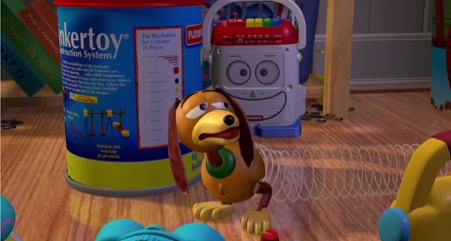
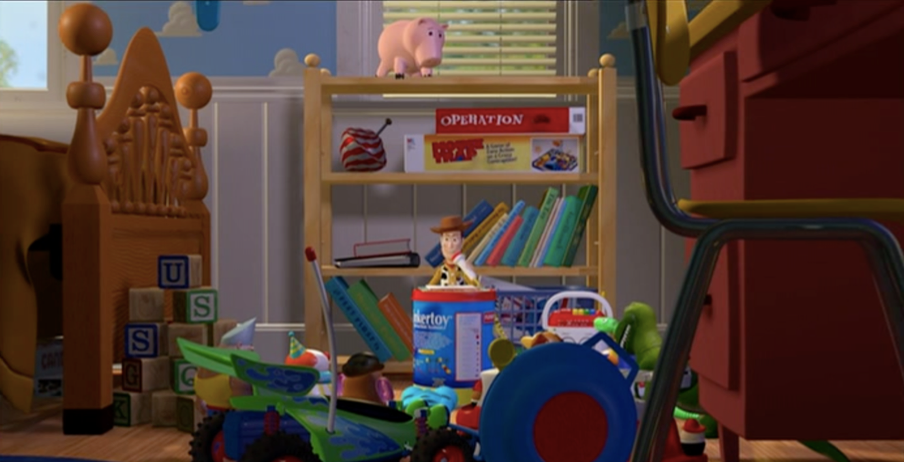
These clear differences we see between Slinky and Rex show that they have different personalities. This demonstrates that the male characters in the film are not all one type and do not follow our expectations of males in film, particularly children’s animation. Junn found that in Disney films, males are often more aggressive, active and dominant [5], yet in Toy Story, it is evident that not all of the male characters are like this. Despite being a more dominant character, Slinky is not aggressive, and so does not meet all of the expectations of a male. Likewise, Rex does not possess any of these male characteristics, and is more caring, which Junn says is more female. As Rex and Slinky do not meet all of the male expectations, and yet are evidently male, it suggests that the male characters are not restricted to one type. This is supportive of the aims of Pixar films that are said to promote ‘a new model of masculinity, one that matures into acceptance of its more traditionally “feminine” aspects’ [6]. This is more evident in Rex’s character, as he clearly adopts feminine behaviours and feelings; Toy Story moves away from traditional, hyper-masculine male types and shows that men do not necessarily need to follow certain expectations to be a man.
The ways in which Rex is represented in Toy Storyis important because of the messages about emotion, as well as masculinity, the film draws viewers’ attention to. Rex clearly has heightened emotions that we would expect from humans, and because he shares the same appearance as a dinosaur, yet his personality is so distant from one, Toy Story challenges our thoughts about animals and masculinity.
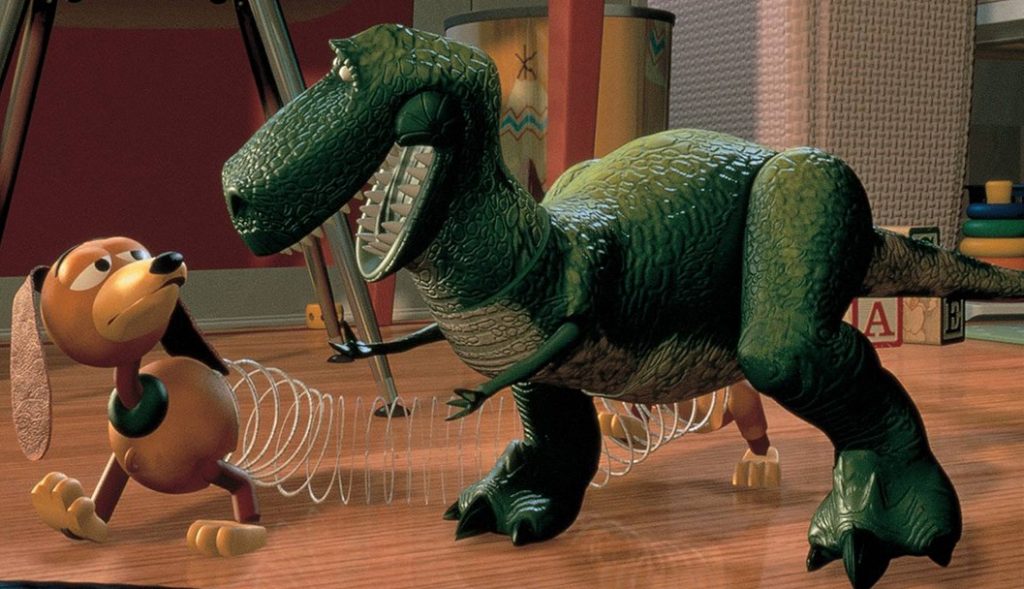
When Toy Story was released in 1995, it was clearly ahead of its time. At a time in Hollywood when its family films followed the same story line and ‘happy ending’, it is inspiring to see issues such as gender, and stereotypes that are pushed in film and society, being challenged throughout the film. Furthermore, it is also interesting to see a dinosaur in a different light. Like stated earlier, Rex opposes the dinosaurs we see in other popular Hollywood films such as, Jurassic Park, and because of his human-like characteristics and behaviours, Toy Story is able to draw connections between Rex and the audiences because he is a likeable and relatable character.
References:
[1] Noel Brown, ‘Toy Story and the Hollywood Family Film’ in Toy Story: How Pixar Reinvented the Animated Feature, ed. by Susan Smith, Noel Brown & Sam Summers (New York: Bloomsbury Publishing USA, 2018), p. 21.
[2] James Clarke, The Films of Pixar Animation Studio (Harpenden: Kamera Books, 2013), p. 58.
[3] Porter, Tom, ‘Creating lifelike characters in Toy Story’ in ACM SIGART Bulletin 8, no. 1-4 (1997), p. 13. http://delivery.acm.org/10.1145/280000/272876/p10-porter.pdf?ip=143.167.185.96&id=272876&acc=ACTIVE%20SERVICE&key=BF07A2EE685417C5%2E33526737E11CAFEF%2E4D4702B0C3E38B35%2E4D4702B0C3E38B35&__acm__=1547390499_931e08332221371ae12e03cc0f416312[accessed 28 December 2018]
[4] Michael Lewis, Jeanette M. Haviland-Jones & Lisa Feldman Barrett, Handbook of Emotions, 3rd edn (Guilford: Guilford Press, 2008), p. 13.
[5] Ellen N. Junn, ‘Media Portrayals of Love, Marriage & Sexuality for Child Audiences: A Select Content Analysis of Walt Disney Animated Family Films’ in Media Portrayals of Love (Fullerton: California State University, 1997), p. 5. https://files.eric.ed.gov/fulltext/ED407118.pdf [accessed 28 December]
[6] Ken Gillam & Shannon R. Wooden, ‘Post-princess models of gender: The new man in Disney/Pixar’ in Journal of popular film and television, 36.1 (2008), p.2. https://www.tandfonline.com/doi/pdf/10.3200/JPFT.36.1.2-8?needAccess=true[accessed 13 January 2019]
Further reading:
Jessica Birthisel, ‘How body, heterosexuality and patriarchal entanglements mark non-human characters as male in CGI-animated children’s films’ in Journal of Children and Media (2014), pp. 1-17.
Jonathan Burt, Animals in Film (London: Reaktion, 2002)
David DeGrazia & Andrew Rowan, ‘Pain, suffering, and anxiety in animals and humans’ in Theoretical Medicine 12.3 (1991)
Ellen Scott, ‘Agony and Avoidance: Pixar, Deniability, and the Adult Spectator’ in Journal of Popular Film and Television, vol. 42, issue 3 (2014), pp. 150-162.
Theresa Thompson & Eugenia Zerbinos, ‘Gender roles in animated cartoons: Has the picture changed in 20 years?’ in Sex Roles, vol. 32, issue 9 (1995), pp. 651-673.
Mia Adessa Towbin and others, ‘Images of Gender, Race, Age, and Sexual Orientation in Disney Feature-Length Animated Films’ in Journal of Feminist Family Therapy 15.4, 19-44 https://www.tandfonline.com/doi/pdf/10.1300/J086v15n04_02?needAccess=true
Films:
Jurassic Park (1993), dir. Steven Spielberg